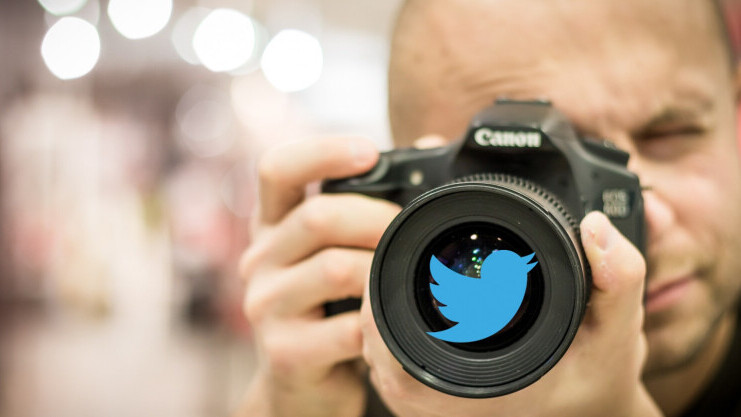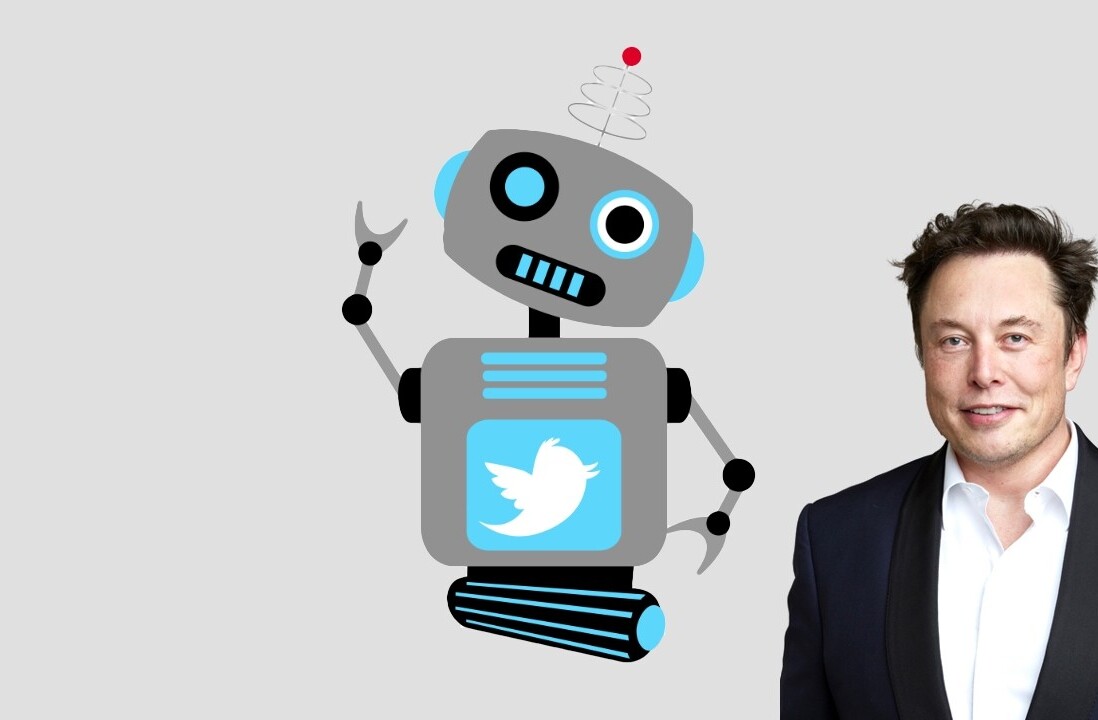It’s just been a day since Parag Agarwal took over Twitter as CEO after Jack Dorsey resigned, and the company has rolled out a seemingly controversial policy. Under this new norm, you can’t tweet out pictures of another individual.
Twitter already had a private information policy that barred users from sharing other people’s phone numbers, addresses, and email IDs. Now it’s extending that to media, including videos and photos of someone.
How can an image or a video be taken down?
One of the biggest conditions for an image or a video to be taken down is the person in it — or their legal representative or guardians — have to report it. So you can’t report an image on behalf of a friend. It’s not clear if the people reporting an image or video have to be on Twitter. We’ve asked the company for clarification, and we’ll update the story if we hear back.
Twitter said it will only remove photos used to harass or intimidate individuals, especially women, activists, and members of minority communities.
What are the questions around this policy?
At first look, this policy sounds extremely generic, as there are tons of photos of people on Twitter posted every day. Will the company take all of them down?
It’s not that simple. There are certain exclusions from the policy, such as photos of public figures, images tweeted to help someone, and newsworthy events that are being unpacked in real-time. But these could raise more questions like who counts as a public figure, and how will Twitter decide if an event is newsworthy?”
i could be v wrong but my understanding is it’s not settled in case law that individual police officers are considered public figures, and who knows by what standard twitter will be defining/enforcing this stuff
— emily wilder (@vv1lder) November 30, 2021
And while the article says they are doing this to protect marginalized individuals… why do I get the feeling they will be the ones disproportionately impacted by these guidelines?
— FalconWizard (@ECrumrine) November 30, 2021
To answer some of these questions, Twitter clarified that images from public events like concerts or protests won’t be ‘generally’ in violation of this policy. It would’ve been helpful if the company had listed some cases where this caveat wouldn’t apply.
Images/videos that show people participating in public events (like large scale protests, sporting events, etc.) would generally not violate this policy.
For more on what is NOT in violation, read the full policy here:https://t.co/plPa5TgEnM
— Twitter Safety (@TwitterSafety) November 30, 2021
Plus, the company said if an image is publicly available through media reporting, it won’t be in violation of its new policy. You can read more about what kind of media won’t be banned according to the policy here.
We will take into consideration whether the image is publicly available and/or is being covered by journalists—or if a particular image and the accompanying Tweet text adds value to the public discourse—is being shared in public interest or is relevant to the community.
— Twitter Safety (@TwitterSafety) November 30, 2021
More moderation conundrums
While Twitter has specified that context is important in evaluating images for removal, it won’t be an easy task to follow up on every single reported case. With this new policy, the social media company is opening itself up to more scrutiny and controversies. It will have to understand different cultures better and correctly identify the fine lines between personally damaging images and newsworthy pictures.
As my colleague Thomas noted in his story about the new CEO Parag Agarwal, there’s more onus on Twitter and him to strike a balance between moderation and free speech. This new personal media policy will be the first test of it.
Get the TNW newsletter
Get the most important tech news in your inbox each week.






